Evaluating a restaurant goes beyond its food and price. You can enjoy a good meal and pay a reasonable check but still feel something could have been better. That's where food critics come in. However, since it's easy in NYC to spend a lot on a bad meal, I decided to go deeper into this topic. Before exploring the food critic's perspective, I asked chefs: How has the craft of evaluating dining experiences evolved? With the rise of food websites and influencers, does their opinion still matter? Here's what they said.
***
The first time Massimo Funari (53) was reviewed by a food critic, he went blank. It was in 1994, four years after opening Rivoli, a family-run Italian restaurant in Santiago, Chile, which quickly became the favorite pasta spot for politicians, actors, and celebrities. Yet, none made him as nervous as Soledad Martínez, a Chilean food critic then who wrote for El Mercurio, rating restaurants on a one-to-seven fork scale, and known for her harsh critiques.
One day, she showed up unannounced at Rivoli. As soon as Funari saw her and her husband approaching the front door, he locked himself in the kitchen.
"I took a deep breath, did a five-minute reset of my thinking, and thought: What am I going to do now?", he recalls. His instructions to his team were clear: stay calm and prepare her order carefully without showing signs of tension. So, they quietly made the fresh vegetable antipasti, saltimbocca a la Romana (A traditional meat dish), and the classic ravioli she ordered. Martínez returned four more times after that dinner, never giving Rivoli less than seven forks. However, Funari never forgot the tension it caused.
Little did he know then how the value of such reviews would decline over time.
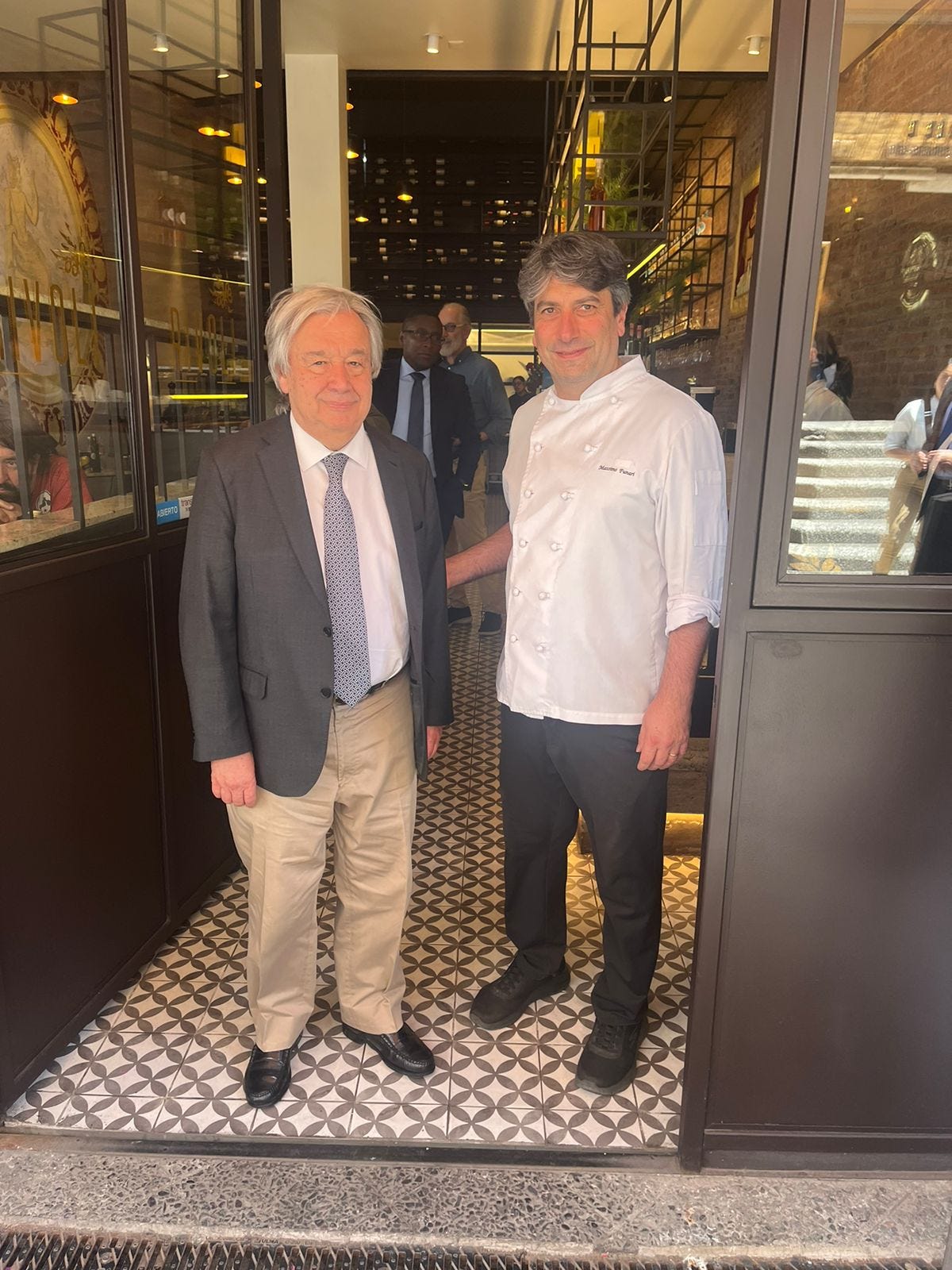
From experts to influencer swaps
Food reviews are no longer the same. That's the main conclusion of all of the chefs I talked to. They used to be a professional craft, revealing insights beyond what chefs or regular customers could see. But now, with food websites and influencers, the quality of evaluations has fallen.
Funari describes influencers as unknown people asking for free meals in exchange for an Instagram post.
"We don't negotiate with them. However, some young ones say they'll recommend us after paying. I'm not sure how much it helps, but it does increase our social media followers," he says.
Regardless, Funari believes the new way of evaluating food could be tricky. "They can say things that are not true. I understand that now the criticism falls more on the customer, and I think it is good that it is more accessible. But, still, I prefer that the customer tells me in situ what the problem is rather than posting it later on a social network because I can solve it immediately".
Francisco Castillo (35), a Chilean chef based in NYC who works at Llama San -a Nikkei cuisine restaurant in Manhattan- also noticed this when he started looking at the customers' comments in Resy.
“They wrote, 'your food is shit,'" and I was like, ‘okay, your comment no longer works for me’. Beyond food critics, the culture here is to check Resy, so you inevitably end up keeping an eye on it. But I admit that I try not to read or at least filter well because the reviews lack content”.
Since so many people are constantly reviewing dining places for their content on social media accounts, at least in NYC, he says, they usually don't care that much. Most of the time, the kitchen teams don't even know who they are. Castillo, instead, prefers to care more when well-known chefs come to eat at his restaurant.
"I want reviews to reflect my culinary intentions. For example, I pay homage to classic French cuisine in my dishes. I'd like that to be recognized and communicated," he explains.
Yes, a Michelin star. But at what cost?
Massimo Funari explains there are two types of chefs: those striving for a Michelin star and top rankings and those focusing on being the neighborhood's favorite.
Mozz.Lab, a soft-cheese manufactory that sells Italian lunch, located in Caroll Gardens, Brooklyn, is one of the second types of restaurants. Between 11:00 and 12:00 noon on Sunday, people keep coming in to buy their Italian groceries, paninis, and freshly made mozzarella. They all say hello to Matteo, the cheesemaker who greets back by the customer's name while kneading a fior di latte mix in his kitchen suit.
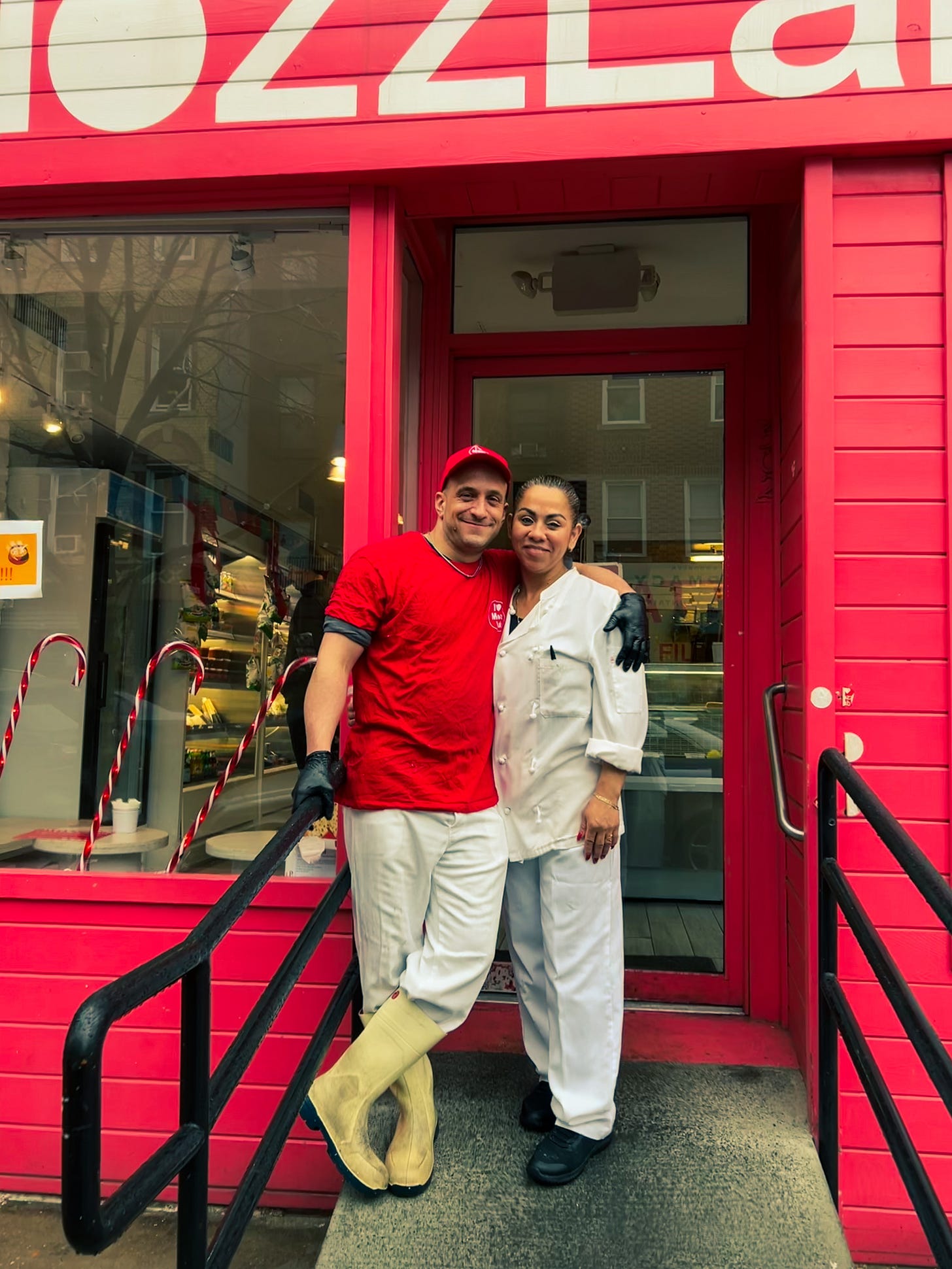
“You see? We prefer this close interaction with people to worry about a review. We like to show ourselves as we are”, says Flora Solís, one of the kitchen's managers.
Some journalists and Instagram influencers have visited the place and done reviews but in Mozz.Lab they agree that having a good or bad review will not impact the business at all.
Even though official entities such as the Michelin Guide are always a good way to value a kitchen team's work, Castillo agrees that the suffering to get it may be exaggerated. The burnout of the teams, and the tensions are not worth it.
“A restaurant can survive in NYC without a Michelin star; it's not a life and death matter. In Europe, I saw how worried they were about this issue of evaluations. Still, in the end, everything always goes fairly well. What is the outcome of so much suffering?”
Massimo Funari believes the same. This year, he found out the Michelin guide is expanding its coverage in Latin America with an edition in Argentina, specifically in Buenos Aires and Mendoza.
What if they went to Chile? I asked.
“Personally, I would prefer that they never come to see me. It can change your essence forever”.




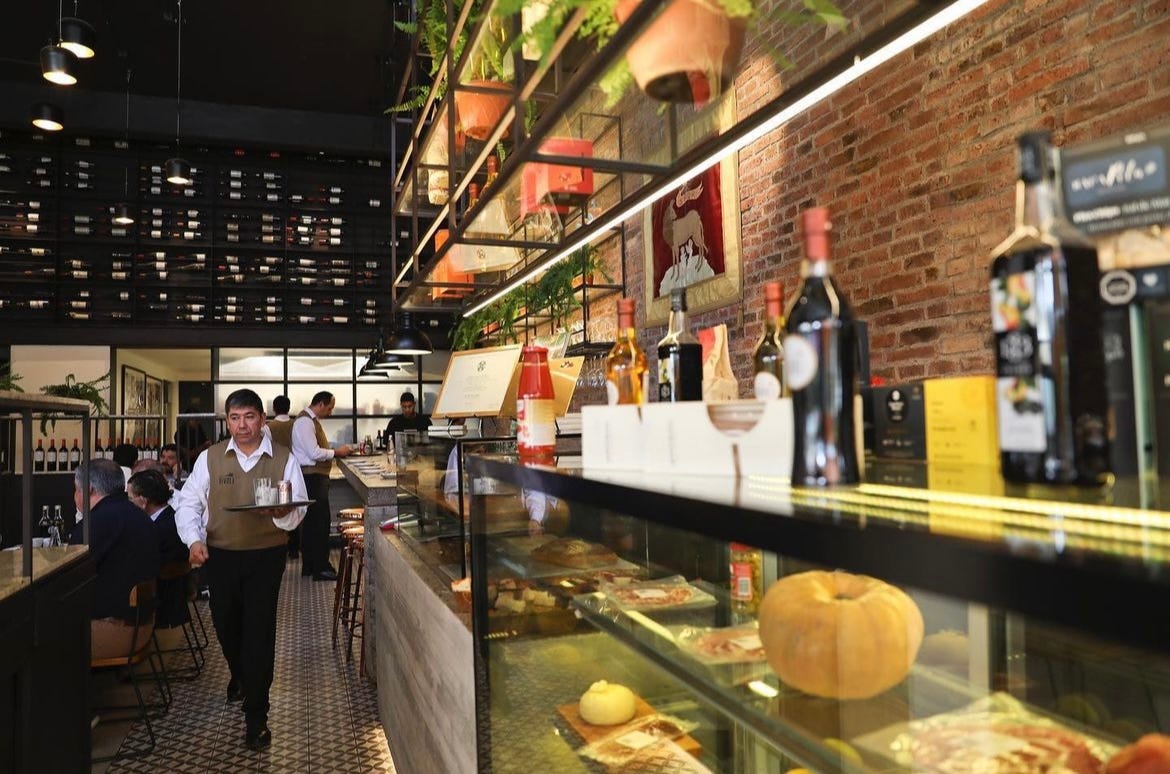
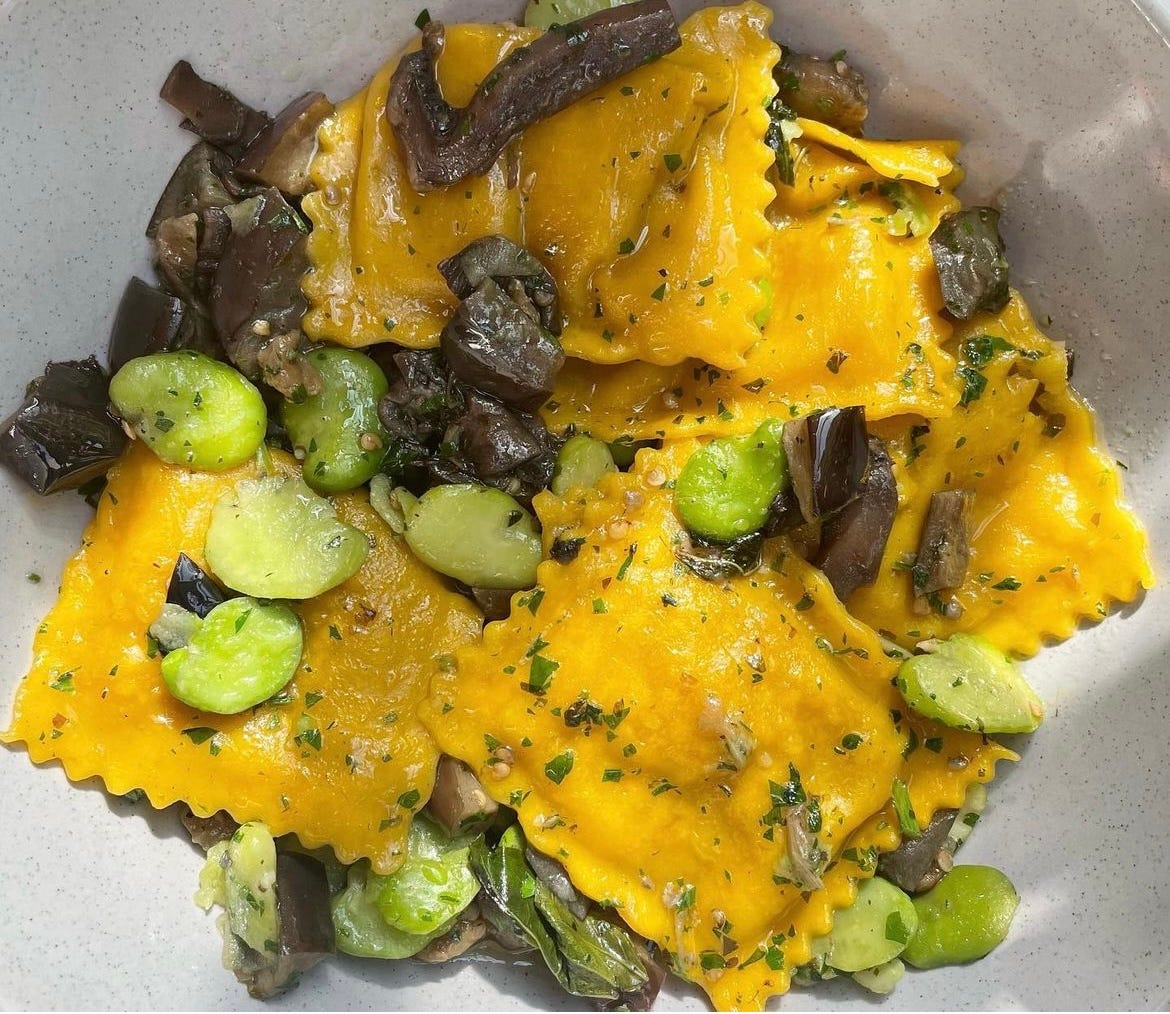
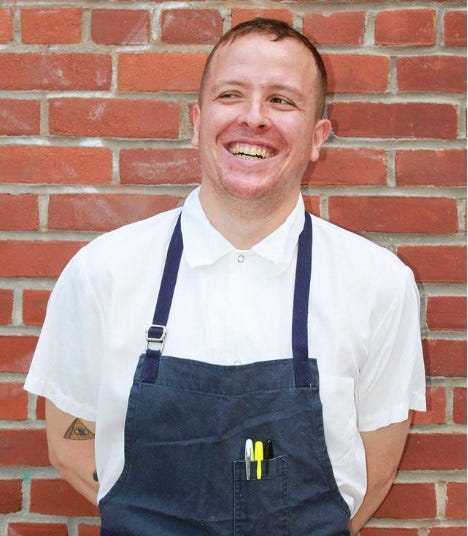
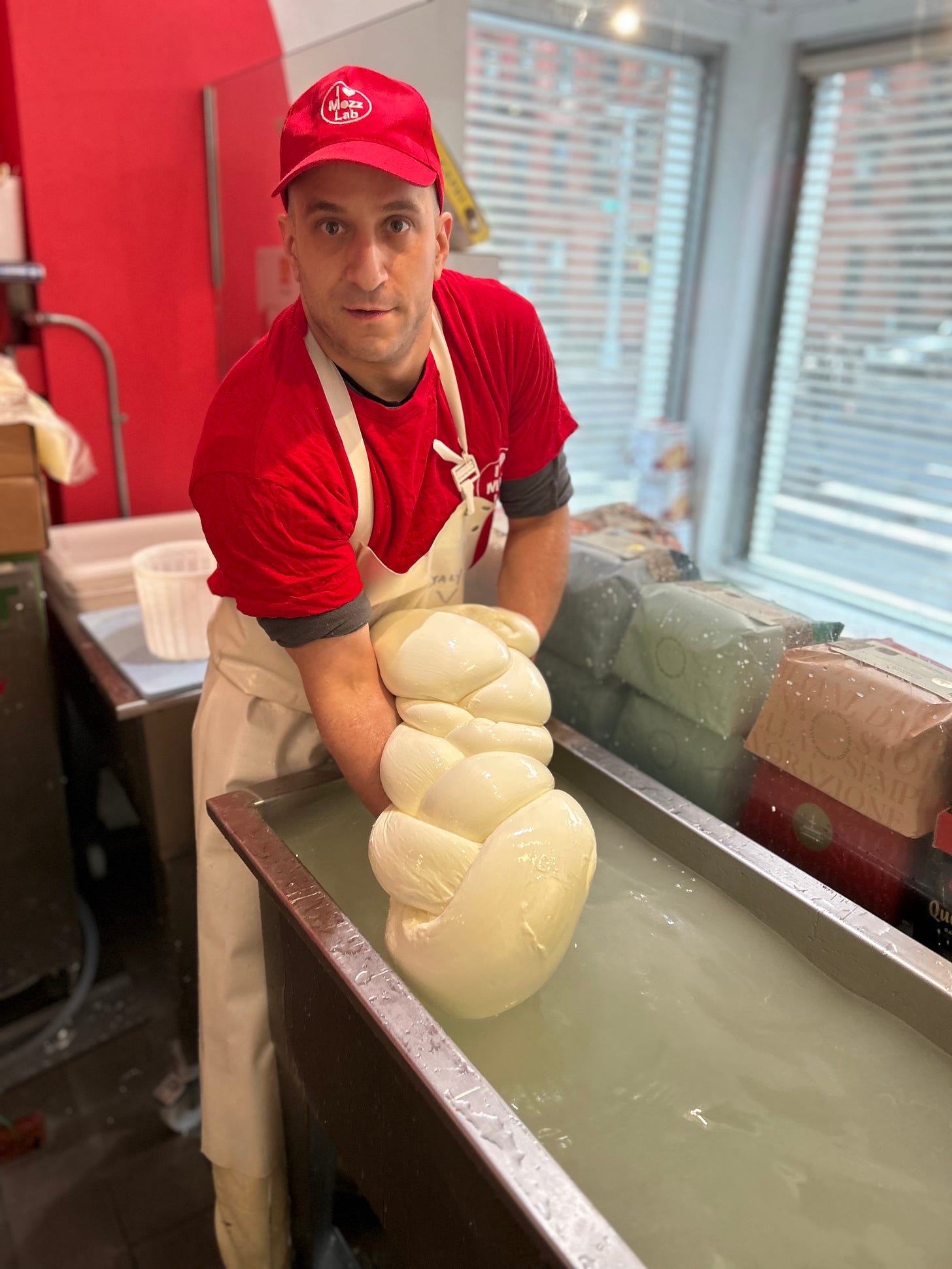
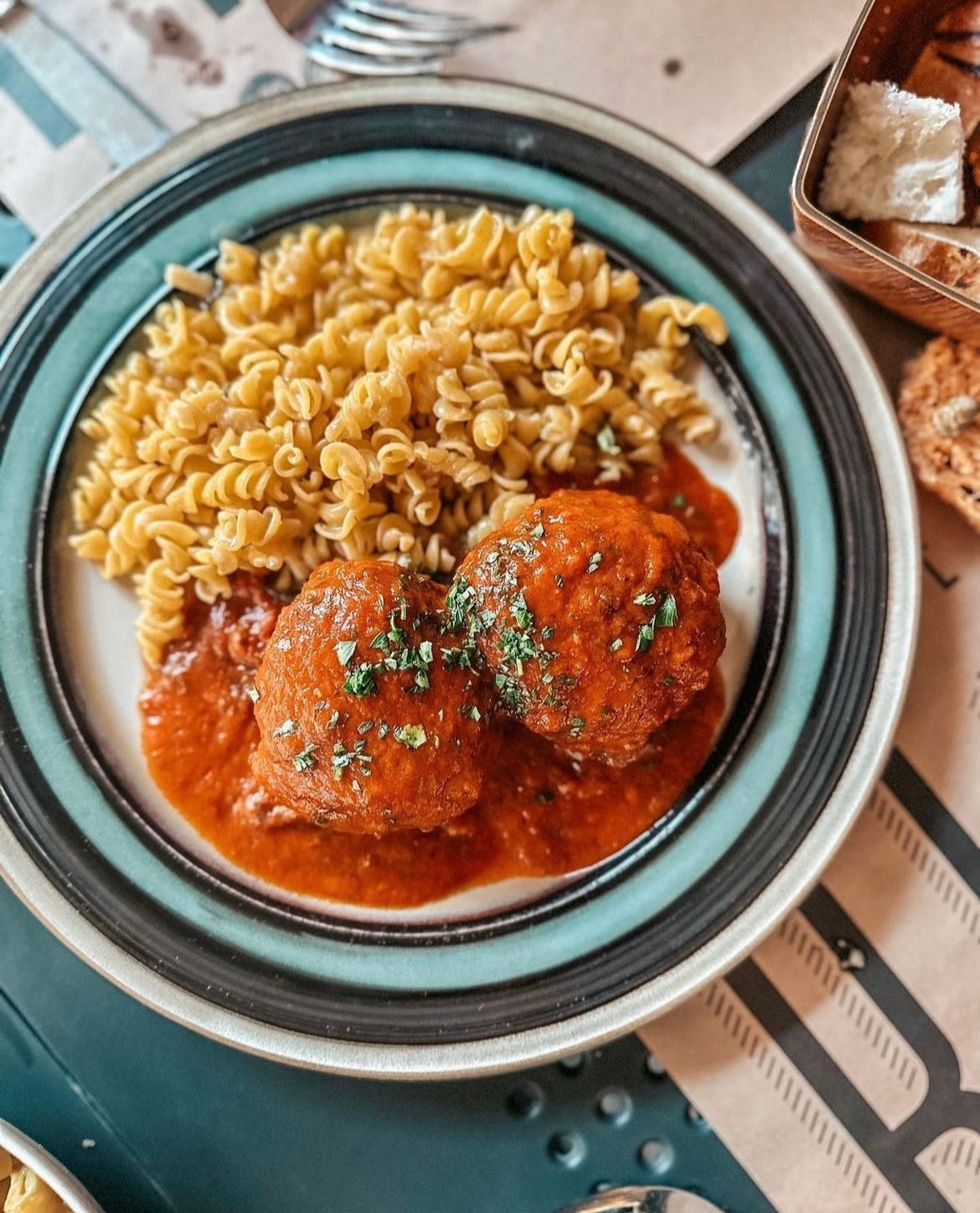
¡Que buen artículo, Pacita! Con el auge de las plataformas digitales, se han multiplicado los espacios para compartir opiniones. Sin embargo, personalmente, las encuentro bastante limitadas, enfocadas principalmente en experiencias personales o en acuerdos promocionales. Creo que para diferenciarnos de los típicos foodie-bloggers, nosotros como periodistas debemos profundizar más. Es fundamental buscar las historias detrás de lo evidente, explorarlas a fondo, retratar escenas con detalle, hacer preguntas que puedan ser incómodas y, sobre todo, dar voz a todos los actores de la industria gastronómica, desde los proveedores hasta el último de cocina. Nuestra labor es documentar una realidad que les pertenece: los verdaderos protagonistas no son quienes están detrás de la pantalla, sino aquellos que conforman el corazón de la industria.